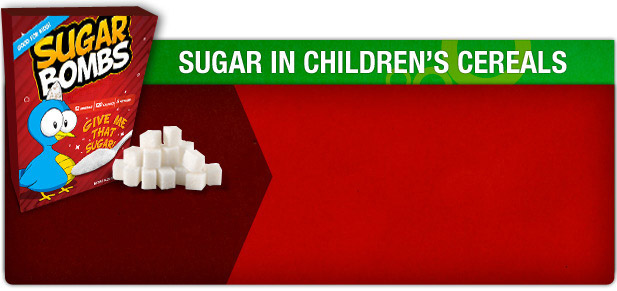The Environmental Working Group compiled a helpful list of sites you can use to check the health and safety of your foods. I’m passing them along to you for your reference.
EWG’s Shopper’s Guide to Pesticides in Produce. I always check it when trying to decide which fruits and vegetables to buy organic and which are OK to buy conventional. And keep your eyes open – we will be updating this popular guide with new data soon.
 The Know Your Farmer, Know Your Food compass just released by the U.S. Department of Agriculture. This interactive map shows where to find USDA-supported projects in your area that support local food.
The Know Your Farmer, Know Your Food compass just released by the U.S. Department of Agriculture. This interactive map shows where to find USDA-supported projects in your area that support local food.
 The Label Decoder in EWG’s Meat Eater’s Guide to Climate Change + Health. Check out this handy explainer on how to read labels on meat and dairy products. From free-range to lean, it helps you know what you’re buying.
The Label Decoder in EWG’s Meat Eater’s Guide to Climate Change + Health. Check out this handy explainer on how to read labels on meat and dairy products. From free-range to lean, it helps you know what you’re buying.
 Organic vs. Natural. What’s the difference between natural and organic anyway? Our friends at The Organic Center have published this handy tip sheet to help us out on that one.
Organic vs. Natural. What’s the difference between natural and organic anyway? Our friends at The Organic Center have published this handy tip sheet to help us out on that one.
 EWG’s Sugar in Children’s Cereal Report. In researching this report, published in December, EWG discovered that many popular cereals have more sugar than Twinkies or chocolate chip cookies. Check out alternative breakfast choices from the delicious recipes in EWG’s Five Healthy Breakfast Tips.
EWG’s Sugar in Children’s Cereal Report. In researching this report, published in December, EWG discovered that many popular cereals have more sugar than Twinkies or chocolate chip cookies. Check out alternative breakfast choices from the delicious recipes in EWG’s Five Healthy Breakfast Tips.

